Do you think you have hard water? We came across an interesting DIY test for checking hard water in your home. So today, let’s try an experiment comparing a DIY water hardness test to results using our water hardness test strips.
Signs of Hard Water
First, let’s talk about the signs of hard water that might lead you testing it.
- Scum line: Do you have that yellowish ring of hard-to-clean scum where the water line is in your toilet or where water might sit around the drain in your tub?
- Calcium build-up: Do you have that accumulated white crust around your faucets and shower heads?
- Spotty dishes: Do your dishes still have water spots or a film on them after being cleaned?
- Dry skin: Is your skin really dry after taking a shower or washing your hands?
- Anti-Climactic Soap: Do you have soap that won’t lather?
Wait, why doesn’t soap lather in hard water?
Hard water contains dissolved calcium (hence, the white crust on your faucets). This dissolved calcium has a strong positive charge. Soap molecules have a negative charge. For a molecule to dissolve in water, it must have either a positive or a negative charge. So, when the positively charged calcium in the hard water mixes with the negatively charged soap, the two bond together to make a molecule with no charge at all.
It’s a little more complicated than that, but if you want to get into the nitty gritty details, check out this article on why hard water doesn’t get along with soap.
Hard Water Experiment
If you suspect you might have hard water, let’s try a little experiment. You can do this with an empty water bottle, pure liquid soap and water from your tap.
- Fill the clean water bottle 1/3 full with tap water.
- Add a few drops of pure liquid soap and shake vigorously for a few seconds. Note: Most soaps are formulated with detergents and will lather regardless of your water type. For the best results, use a basic soap, such as Castile soap, which is free of dyes, perfumes and detergents.
- If there is an obvious lack of fluffy bubbles and the water appears cloudy or milky, you probably have hard water. Soft water will have lots of bubbles, and the resting water at the bottom of the bottle will be clear.
- Now, check your DIY soap test results against our water hardness test strips. Using a clean container, fill it with about an inch of tap water.
- Dip the strip into the water for 1-2 seconds, remove and immediately compare it to the color chart. The color chart contains a scale, which ranges from soft, to hard, to very hard. How do your test strip results compare to the soap test results?


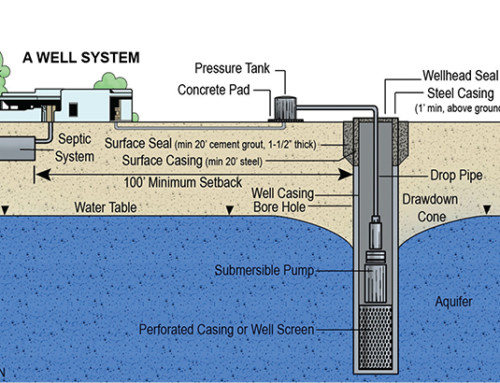
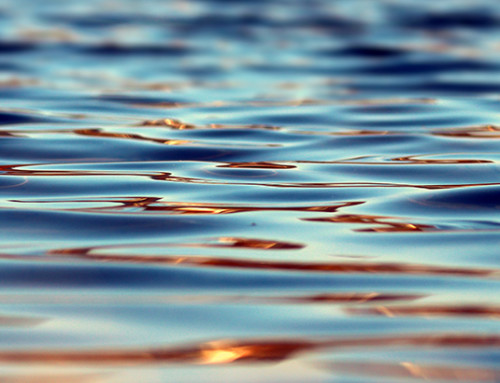
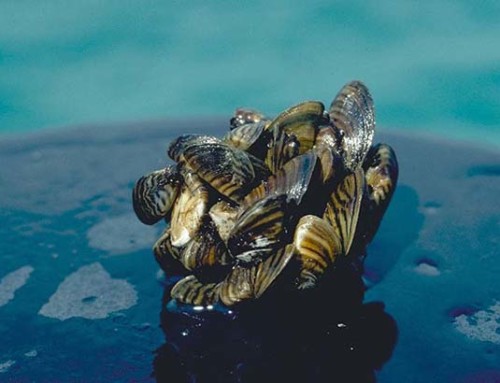
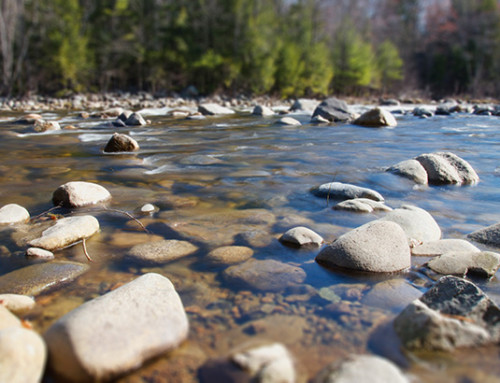
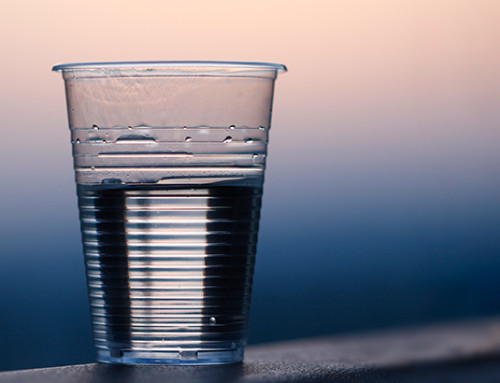
Leave A Comment